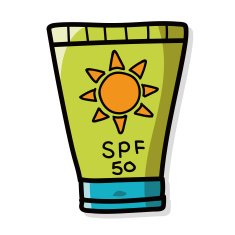EDE GCSE:Bulk Properties
Page 1
(Not Double Science - Chemistry GCSE Only) |
|||||
1. What is the size range of nanoparticles?
|
|||||
2. What is the approximate size of an atom?
|
|||||
3. What is the surface area of a cube with sides of 2 nm?
|
|||||
4. What is the volume of a cube with sides of 5 nm?
|
|||||
5. What is the surface area to volume ratio of a cube with sides 10 nm in length?
|
|||||
6. How does the surface area to volume ratio change if the sides of a cube decrease by a factor of 10?
|
|||||
7. What is a bulk material?
|
|||||
8. Nanoparticles of zinc oxide can be used in sunscreen. They are better than powdered zinc oxide because they ... |
 |
||||
|
|||||
| 9. There are possible risks associated with the use of nanoparticles due to their small size.
Which of the following is NOT a possible risk of using nanoparticles?
|
|||||
10. Which of the following statements about nanoparticles are true?
|
|||||
|
|||||